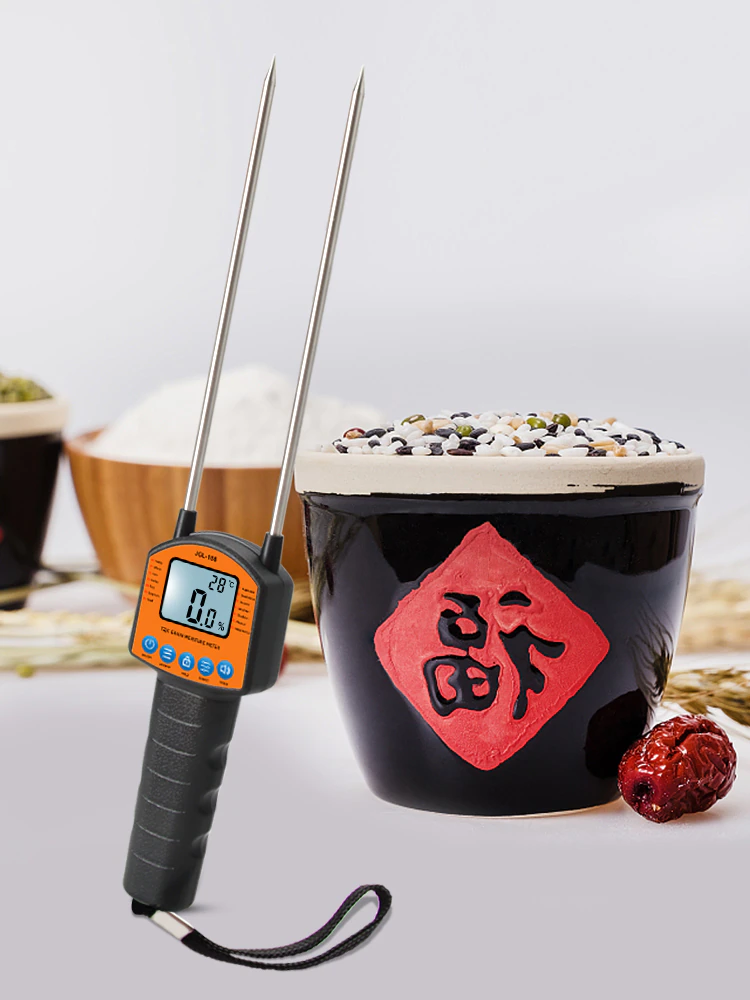Improper moisture levels during storage Post-harvest losses are a major challenge for farmers and traders across Uganda and Africa. One of the leading causes? Maintaining the right moisture content helps prevent Mold, pests, and spoilage—preserving both quality and market value. Below is a guide to the ideal moisture levels for safely storing maize, beans, and rice.

Maize (Corn)
Ideal Moisture Level for Storage:
12% to 13.5%
Why It Matters:
Maize stored above 14% moisture is highly vulnerable to fungal growth, especially Aspergillus, which can produce aflatoxins—a serious health risk.
At 12%–13%, maize remains stable for long-term storage in silos, bags, or bins.
Tip: Always use a grain moisture meter after drying maize, especially before bagging or transporting.
Beans (Common Beans)
Ideal Moisture Level for Storage:
11% to 12%
Why It Matters:
Beans absorb moisture easily and can become infested with insects or develop Mold when moisture exceeds 13%.
Dry beans should rattle when shaken and feel hard to the touch.
Tip: Avoid sun-drying on bare ground to prevent reabsorption of moisture overnight.
Rice (Paddy or Milled)
Ideal Moisture Level for Storage:
Paddy Rice: 13% to 14%
Milled Rice: 12% to 13%
Why It Matters:
Storing paddy rice with high moisture can lead to heat buildup and yellowing. Milled rice, if too moist, will attract pests and lose its shelf life.
Tip: Use ventilated bags or containers to allow airflow while keeping pests out.
Dangers of High Moisture Content
- Fungal growth & aflatoxins
- Insect infestation
- Weight loss (shrinking grains)
- Heat buildup in storage sacks
- Lower market prices or rejection at delivery
How to Maintain Safe Moisture Levels
- Use a grain moisture meter regularly.
- Dry grains fully after harvest (using sun, solar dryers, or mechanical dryers).
- Store in cool, dry places with minimal humidity.
- Avoid storing directly on floors—use wooden pallets or tarpaulins.
- Use airtight or ventilated bags depending on humidity conditions.
Final Word
Proper moisture control is the key to safe grain storage and better profits. Whether you’re a farmer storing for next season or a trader preparing for export, always check moisture levels before sealing your bags. The right tools and practices can help you avoid major losses.

